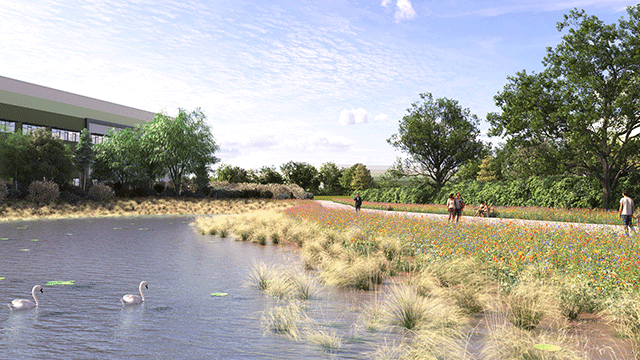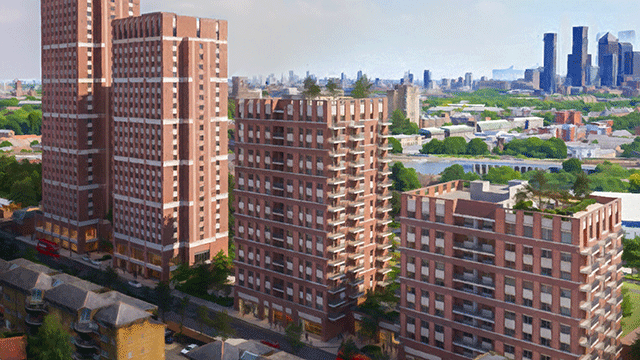Rights of light disputes in redevelopments are on the wane. What did they entail and where have they gone?
Where have all the rights of light problems gone? In the 1980s, I used to find that requests for advice on rights of light issues for redevelopment projects were quite common. It happens far less often now.
The law in this area could sometimes be surprising. Take, for example, a building with common law rights of light that had been enjoyed for more than 20 years. The owner would be nonplussed to find that it would have to redevelop the building with the windows in much the same places or risk losing its rights to light through abandonment. Since the only light inside a building comes through the window apertures, it is merely the access of that light for which a right can be acquired. However, once acquired, the right will relate to reasonable light for whatever internal room divisions the owner might normally be expected to make, a fact that might equally surprise any neighbours.
Owners were also surprised to find that the test for infringement was not how much light had been obstructed by a new building, but whether a reasonable amount of light for ordinary purposes had been retained – and to find that this was quite a low test.
The way it was done…
Perhaps because this test was so open to argument, deeds would often specify rights to light in a more scientific way. They sometimes provided for future buildings to be kept within an envelope bounded by lines at a stated vertical angle from specified windows, or consented to a new building with a particular profile. Whenever redevelopment was proposed, the construction of these deeds in relation to the new buildings would give rise to questions. Did they authorise any building within the envelope, or up to the old building profile, or had they merely granted an individual consent to the building then built, leaving the neighbour free to enjoy its previous rights if it were removed?
Most major projects would involve a specialist rights of light surveyor (who, strangely, always seemed to know about party walls as well), whose function was to consider any potential problems and to negotiate with neighbouring occupiers. They were, and no doubt still are, an elite group, whose mystique lay in their singular sciences. Their zoning technique was even more esoteric than that of retail valuers, since their primary zone was not the first, but the second one back from the window. They would draw sky factor contour maps of light penetration. They would create computerised pictures called Waldram diagrams, and apply a 50:50 test with regard to one lumen of light at table level to determine whether reasonable light existed.
… and how not to do it
One lesson of broad application did come out of a rights of light matter.
I did once shudder to find that a rights of light surveyor had happily told a client — who had wanted to erect a building with extended eaves that projected, if not very far, beyond the forbidden line in a rights of light deed — that there was no problem because the infringement came within the range of “compensable but not injunctable”. Oh dear. Of course he knew about all the cases where a new building had contravened rights of light or airspace in a small way, and the courts had refused to grant an injunction to remove or alter it, holding that damages would be an adequate compensation for the neighbour. Unfortunately, he had assumed that this was a rule that could be relied upon in advance. He had failed to appreciate that these were all cases after the event, where the infringement had been unintentional. A party that sets out to take advantage of that approach, by building in knowing disregard of a neighbour’s rights, even if only to a small degree, will find that the court takes a different view of the merits and will order the situation to be remedied, even at considerable expense. In the case in question, the design of the building was hastily changed into one with a mansard-shaped roof.
So what has happened to rights of light disputes? Perhaps modern planning controls now mean that infringements are less likely to occur. Perhaps, latterly, building rights have been more carefully reserved. Or perhaps it is merely that good advice from rights of light surveyors is resolving problems before lawyers are needed.
Hazel Williamson QC is a barrister in Maitland Chambers, and an arbitrator and deputy high court judge








